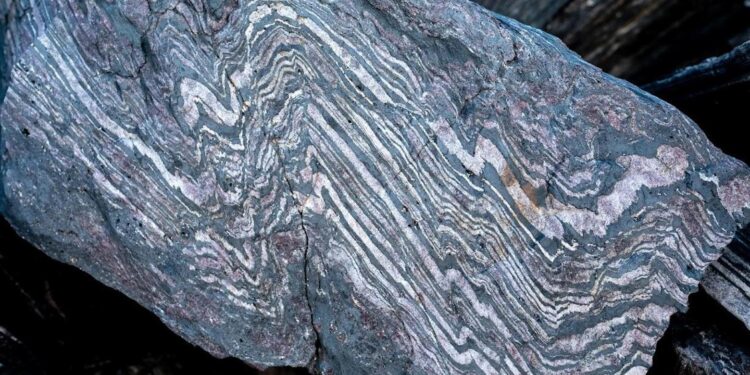Scientists may have uncovered some of Earth’s oldest rocks, potentially rewriting our understanding of the planet’s early history. In a groundbreaking discovery reported by Boy Genius Report, researchers have identified rock formations that could date back billions of years, offering new insights into the conditions that shaped Earth’s formative years. This remarkable find not only deepens our knowledge of the planet’s origins but also opens fresh avenues for studying the early environment that eventually gave rise to life.
Scientists Uncover Potential Earth’s Oldest Rocks Unearthing Clues to Our Planet’s Formation
In a groundbreaking discovery, geologists have identified rock formations that could date back over 4 billion years, potentially making them the oldest known remnants of the early Earth. These ancient rocks, uncovered in a remote part of the Canadian Shield, exhibit unique mineral compositions and isotopic signatures that challenge previous assumptions about the planet’s formative years. The research team employed advanced radiometric dating techniques, revealing that these stones have withstood intense geological processes, preserving a snapshot of Earth’s primordial crust.
Key highlights of the discovery include:
- Evidence of early continental crust formation much earlier than documented before
- Insight into the conditions that may have fostered life’s emergence
- New data on the planet’s early atmospheric and tectonic activity
| Parameter | Findings | Significance |
|---|---|---|
| Age | ~4.03 billion years | Revises timeline of Earth’s crust development |
| Location | Canadian Shield | Rich in preserved early Earth materials |
| Mineral Composition | Zircon-dominated | Indicates high stability and resistance |
Analyzing Ancient Mineral Compositions Reveals Insights into Early Earth Conditions
By examining the mineral compositions of these ancient rocks, scientists have unlocked crucial clues about the Earth’s early environment, dating back over four billion years. The analysis revealed a unique assortment of minerals that suggest the presence of liquid water and fluctuating temperatures during that era. These findings challenge previous assumptions that the early Earth was exclusively hostile and barren, opening up new possibilities about the planet’s capacity to support primitive life forms much earlier than believed.
Key discoveries include:
- High zircon content: Indicative of crust formation processes that stabilized Earth’s surface.
- Trace elements like thorium and uranium: Providing insight into radioactive heat sources contributing to tectonic activity.
- Stable isotopes: Revealing early atmospheric composition and ocean chemistry.
| Mineral | Significance | Estimated Age (Billion Years) | |||||||||||||||||||||||
|---|---|---|---|---|---|---|---|---|---|---|---|---|---|---|---|---|---|---|---|---|---|---|---|---|---|
| Zircon | Crust stabilization | 4.0 | |||||||||||||||||||||||
| Biotite | Thermal history marker | 3.9 | |||||||||||||||||||||||
| Quartz | Hydrothermal activity indicator |
| Mineral | Significance | Estimated Age (Billion Years) | |||||||||||||||
|---|---|---|---|---|---|---|---|---|---|---|---|---|---|---|---|---|---|
| Zircon | Crust stabilization | 4.0 | |||||||||||||||
| Biotite | Thermal history marker |
Experts Recommend Targeted Exploration to Further Validate and Preserve These Geological TreasuresLeading geologists emphasize the necessity of focused expeditions to investigate these ancient rock formations, which hold clues to Earth’s primordial past. Due to their extreme age and rarity, these stones require meticulous fieldwork employing advanced dating techniques and geochemical analysis to confirm their origins with greater certainty. Experts argue that safeguarding these sites through designated conservation efforts is equally critical, preventing damage from natural erosion and human interference. Recommended approaches include:
To ConcludeAs researchers continue to analyze these ancient stones, their findings not only push back the timeline of Earth’s earliest geological history but also offer invaluable insights into the planet’s formative years. While further studies are needed to confirm the full extent of their age and origin, the discovery marks a significant milestone in unraveling the mysteries of our world’s deep past. Stay tuned as scientists delve deeper into these primordial rocks, potentially reshaping our understanding of Earth’s earliest chapters. |










